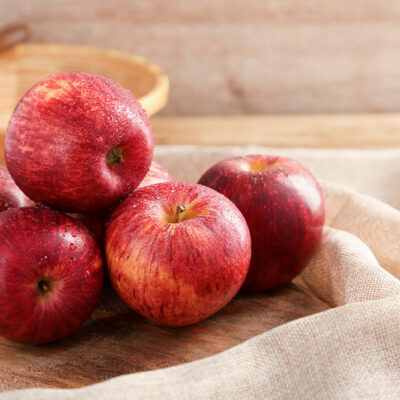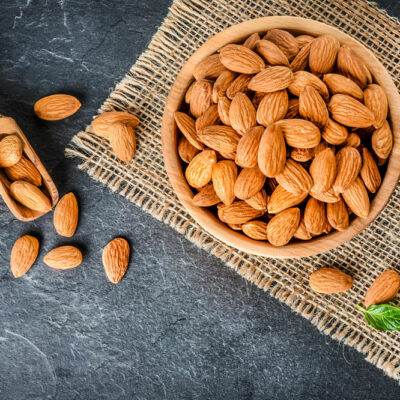
health
7 silent warning signs of thyroid cancer
The thyroid gland is situated at the base of the neck. It helps produce hormones to regulate crucial body functions like heart rate, body temperature, and blood pressure. An uncontrolled growth of cells in this gland is known as thyroid cancer. While most thyroid cancers are curable, it is vital to identify the symptoms early for effective treatment. Here are seven must-know silent warning signs of thyroid cancer that help diagnose the condition. Sleep changes Abnormal cell growth in the thyroid gland can cause it to produce excess amounts of hormones like triiodothyronine (T3) and thyroxine (T4). These hormones overstimulate the central nervous system and lead to insomnia. Therefore, if an individual’s sleep patterns change abruptly, it could indicate thyroid cancer. Fatigue The human body often tires after a hard day’s work or strenuous physical activity. But those with thyroid cancer may experience fatigue upon waking up after a good night’s sleep. It is because an underactive thyroid may lead to lesser production of the hormones necessary to stay energetic. Bowel irregularities The thyroid gland helps keep the digestive tract running smoothly. So, someone with thyroid cancer may have subtle signs of an underactive thyroid, including poor hormone production, which may lead to regular constipation.
Read More 









